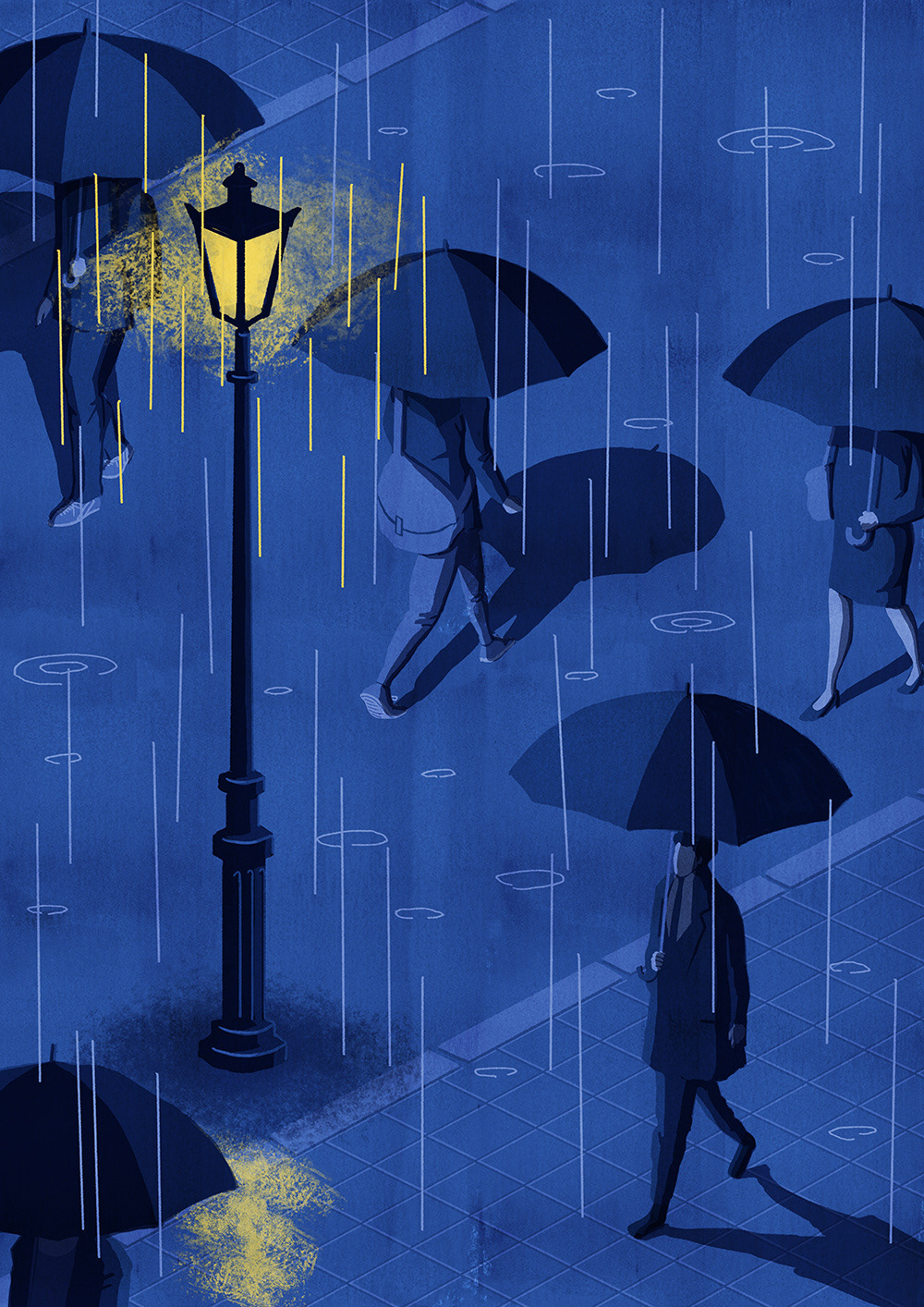Studio Ghibli's "My Neighbor Totoro" (1988)
INSPIRATION
There are trivial, yet profound moments in your life when you realize you’ve grown out of your childlike ways. For me, it was the day I found myself avoiding puddles instead of triumphantly splashing into them. While I still admire the unrestrained enthusiasm of a child and even perhaps aspire to excavate such a spirit in me, realistically speaking, I as an adult would hardly ever engage with such messy shenanigans. And truthfully, I miss the child that I once was who did not care.
As a particularly sentimental person, I am highly prone to nostalgic feelings. It doesn’t help that my entire generation is equally obsessed with this sentimental escapism whether that’s through donning retro filters, vibing to lofi beats with deliberately muffled sounds, or perpetually bringing back fashion from decades ago. It’s fair to assess this yearning for the past comes from the lack of stability and security we feel in the present as we seek for comfort in the known. And yet, while an excessive romanticization may be unhealthy, using the familiar language of the past to cope with the current reality could be a valid mechanism we endure modern life with.
With that, "Rainy Day" offers an opportunity for us to fully indulge in a nostalgia for the carefreeness that defined our childhood.
Studio Ghibli's "My Neighbor Totoro" (1988)
ART DIRECTION
When I was brewing ideas for this project, it was a cold rainy late-January in New York -- that time of the year when the winter festivities that draped us in cozy illusions of holiday cheer have expired and all we’re left with is the bare bones of winter brutality. Basically, if anyone was on the brink of getting depressed, this weather might have well been the last straw.
Perhaps it was my dissatisfaction with the New York winter. Or perhaps it was my own loneliness that felt chiller than the weather itself. Either way, as the emptiness echoed louder in these weary rainy streets, I found myself longing for a time when rain didn’t feel so depressing, and empty streets so lonely. This relationship between loneliness and nostalgia then inspired the story of an adult being led by their inner child to experience the world through the lens of childlike wonder.
After my visual research, I wanted to find a palette that captures a dark, rainy cityscape with neon accents. I felt the degree of saturation within such a palette could be an effective narrative device that not only dramatizes the emotionality of the story, but also differentiates the protagonist’s journey between reality and fantasy. These beautiful illustrations below by Matt Saunders and Takahiro Suganuma helped me lean into a palette that embodies a similar mood.


(TOP LEFT & BOTTOM) Work by Matt Saunders, (TOP RIGHT) Work by Takahiro Suganuma
SOUND
While the concept of nostalgia was a product of my thoughts and sentiments in early 2022, the specific beats in the story were largely inspired by a soundtrack I found. “Pink Lemonade” by Johnny Stimson (instrumental version) had just the right lo-fi beats to set the underlying nostalgic tone to the animation, and most importantly had sound effects of water droplets integrated into the music that could immediately evoke a rainy atmosphere. The soundtrack aptly had distinguishable sections, which would help the animation have a distinct sound for each of its parts all the while still sounding like one piece when put together.
